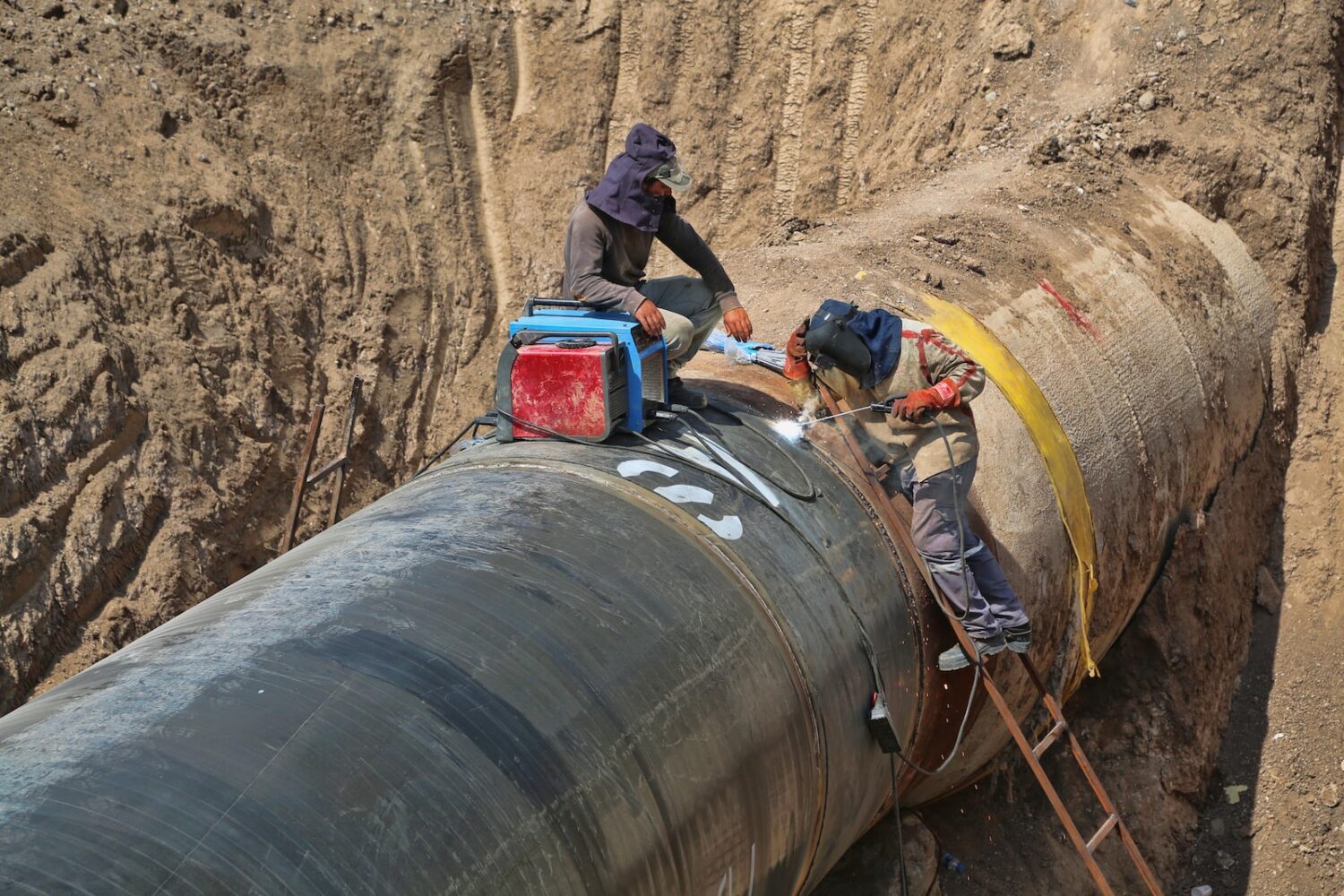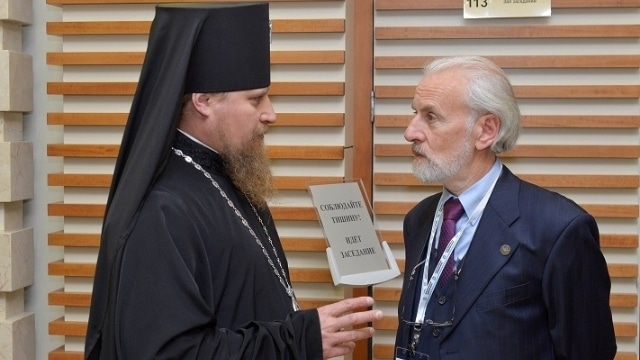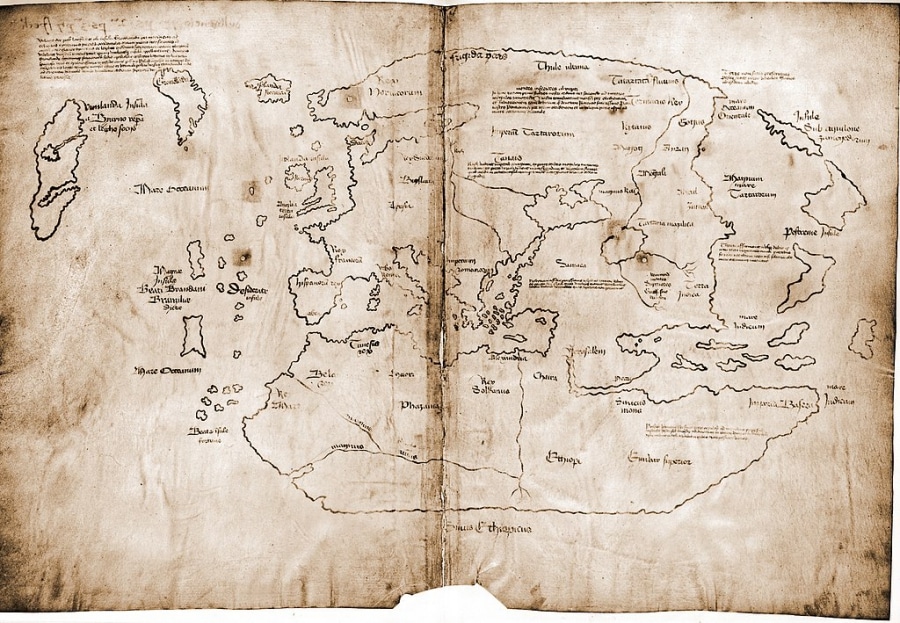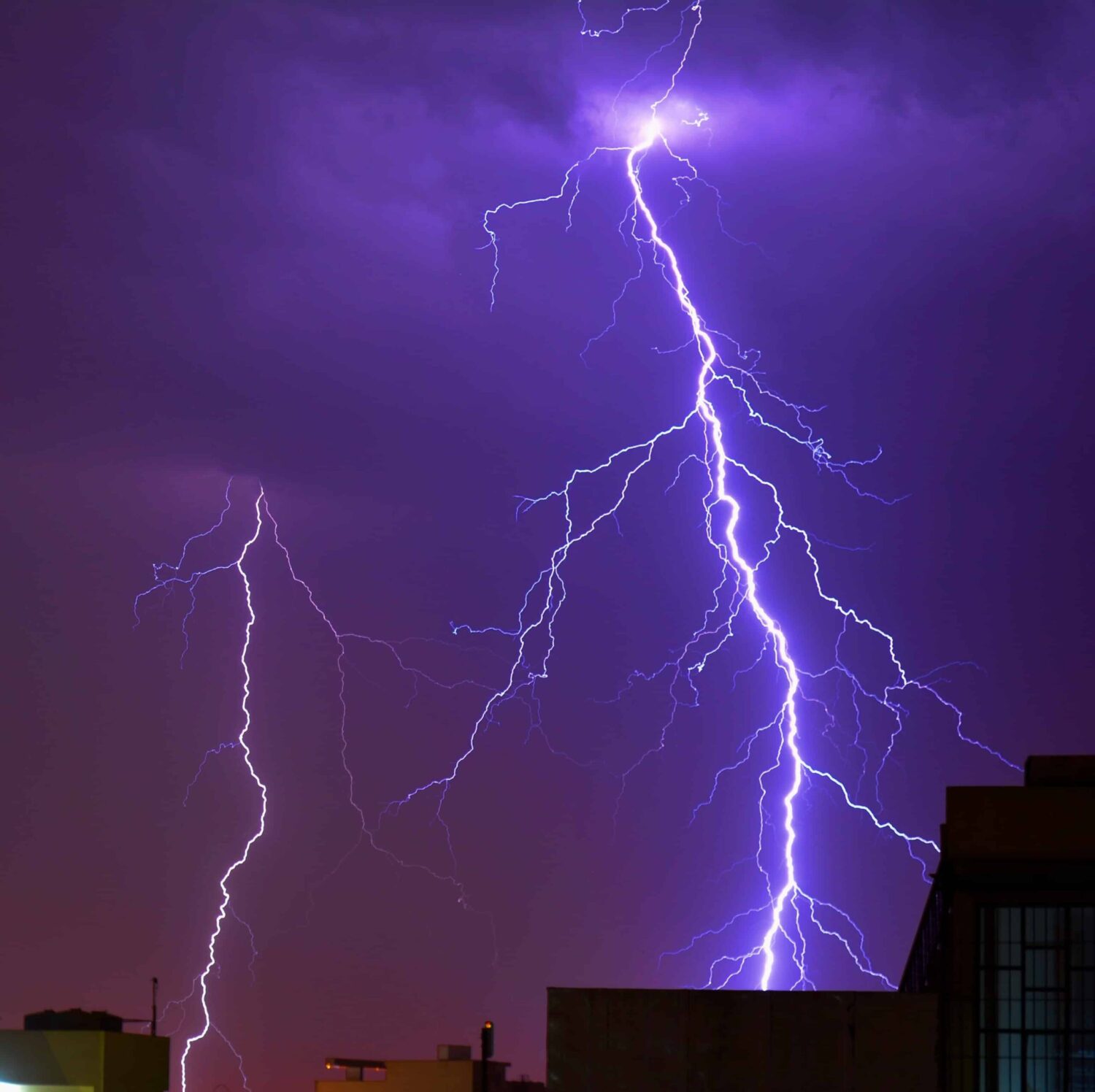Civil society groups have accused Uganda and Tanzania of rushing to sign East African Crude Oil Pipeline (EACOP) deals with TotalEnergies and China’s CNOOC before locals were properly briefed on its environmental and health risks.
By Patrick Njoroge
The groups claim citizens, who have lost ancestral land and other public properties to the project, were not adequately briefed on the project dangers or how any risks would be “avoided, minimised or mitigated”.
The activists, including Diana Nabiruma of Africa Institute for Energy Governance, a Ugandan public policy research and advocacy group, warn that Uganda is yet to enjoy benefits of oil bonanza that seemed near when crude oil deposits were discovered in 2006.
“Total and CNOOC still need to secure insurance and raise $2.5bn in debt financing for the EACOP to move forward and they are going to struggle mightily to find enough banks and insurance providers willing to associate themselves with such a project,” she claimed.
Total have repeatedly said it had undertaken “rigorous” environmental and social risk assessment and mitigation strategies in relation to the projects.
Since Uganda discovered commercial petroleum deposits in 2006 in the Albertine Graben region near the border with DR Congo, Kampala has embarked on establishing effective management procedures to promote growth and development.
The discovery was done by British giant Tullow Oil.
In April 2020, the company sold its interest in the project to TotalEnergies but the company has not yet secured investors for the extraction.
The East African Crude Oil Pipeline (EACOP) is the proposed 1,443-kilometer pipeline that will transport oil from Hoima, Uganda to port city of Tanga in Tanzania.
EACOP project starts at Hoima, close to Lake Albert, and cross Uganda – Tanzania border between Masaka and Bukoba, past Lake Victoria, following its western border, traversing Tanzania, passing close to Kahama, Singida, Kondoa, into Tanga.
Tilenga project comprises oil exploration, a crude oil processing plant, underground pipelines, and infrastructure in the Buliisa and Nwoya districts of Uganda.
The refinery will be built on a 29 square kilometre piece of land at Kabaale Township, Buseruka Sub-county, Hoima district, western region, near the international border with DR Congo, along eastern shores of Lake Albert
This will be close to Uganda’s largest oil fields at Kaiso-Tonya area, about 60 km by road, west of Hoima.
Kaiso is approximately 260 km by road, north-west of Kampala, Uganda’s capital and largest city.
Uganda has proven crude oil reserves of 6.5 billion barrels, about 2.2 billion of which are recoverable.
IMF was quoted in 2013 as saying the reserves are fourth-largest in sub Sahara Africa behind Nigeria, Angola and South Sudan.
Approximately 1.7 billion barrels of recoverable oil were discovered in 2006. Drilling will take place at two oil fields of Kingfisher field, operated by China National Offshore Oil Corporation Ltd (CNOOC Ltd), and Tilenga field operated by French multinational Total Energies.
Ownership of oil discovery includes TotalEnergies 56.67 per cent, China’s CNOOC Group 28.33 pc and Uganda government taking the remaining 15 per cent stake.
Extracted oil deposits will be partly refined in Uganda for local market supply but the lion share exported to international market through the East Africa Crude Oil Pipeline.
Once completed, the facility will be the world’s longest heated pipeline.
But international and local environmental groups are still warning over dangers posed by extraction sites and EACOP to environment and social risks to protected wildlife areas, water sources and communities throughout Uganda, Tanzania and DR Congo.
The groups have mounted fierce opposition to the project.
And despite the final investment decision being signed on February 1, involving US$10 billion, broad opposition and obstacles to securing funding may undo one of Africa’s most ambitious fossil fuel projects
At Lake Albert in western Uganda, project developers will build oil wells, a crude oil processing plant, underground pipelines, and infrastructure in the Buliisa and Nwoya districts for domestic oil consumption.
The Tilenga oil field to the north of Lake Albert, will include operations within Murchison Falls National Park, and is operated and owned 56.67% by TotalEnergies.
Controversies
Developers insist the projects will transform social and economic fortunes of Uganda and Tanzania. But the multinationals face significant resistance from local communities and civil society groups.
A total of 260 community groups from Uganda, Tanzania and other African countries, along with international organisations, have coalesced to push #StopEACOP campaign, a global movement largely premised on public mobilisation, legal actions, research, shareholder activism and media advocacy.
The groups insist large-scale oil extraction and crude oil export pipeline pose serious environmental and social risks to protected wildlife areas, lakes and rivers, forests, wetlands, national parks and communities throughout Uganda and Tanzania.
They say the pipeline will extract 250,000 barrels of oil daily at a time when much of the world is racing to reduce emissions and reliance on fossil fuels.
Calculations by researchers at Stockholm Environment Institute show carbon emissions associated with EACOP peak production at Lake Albert oil fields would equal over 33 million tonnes per year, more than 30 times current combined annual emissions of Uganda and Tanzania.
Omar Elmawi, a Kenyan lawyer with environmental group 350.org, which is part of the campaign, says the alliance had influenced 11 banks to withdraw funding for the pipeline.
The NGO claims it has mobilised a million people to sign a petition asking TotalEnergies CEO Patrick Pouyanné and other financiers to halt operations on the project by challenging the investment in court and holding public protests.
Coleen Scott, a legal and policy associate with Inclusive Development International (IDI), a participant in #StopEACOP campaign, says the project will irreparably harm many of ecosystems supporting sustainable jobs such as tourism and fishing.
British NGO, Oxfam, claims more than 100,000 people will be directed affected by the project in Uganda and Tanzania.
More than 14,000 others risk being displaced from their 5,300 hectares of land to give way for construction.
The Stockholm Environment Institute in its 2021 analysis claims oil extraction and pipeline will disturb a total of 2,000 square kilometres of protected wildlife habitats.
These include Bugoma Forest hosting 12% of Uganda’s chimpanzees, Wambabya and Taala forests in Uganda, and Minziro Nature Forest Reserve and Burigi-Biharamulo Game Reserve in Tanzania.
Tilenga oil field includes operations inside Murchison Falls National Park, Uganda’s oldest nature reserve that is relied upon by more than a million people for fishing and water.
The Tilenga oil field will operate within Tilenga National Park, the only source of food and water for more than one million people poor, rural residents.
Nabiruma says though Ugandan law does not bar oil exploration in protected areas, as a member of International Union for Conservation of Nature, the country has pledged to avoid industrial activities in protected areas.
She says the pipeline poses high freshwater pollution risks, particularly to Lake Victoria basin, on which 40 million people rely on for water, food production and industrial production.
TotalEnergies and partners claim the project will create 12,000 direct jobs and nearly 50,000 indirect working opportunities during construction and production phases.
But Simon Nicholas, an energy finance analyst with Institute for Energy Economics and Financial Analysis, warns that poor track record of other fossil fuel projects in Africa offers little hope for optimism.
EACOP investors claim contractors will invest US$1.7 billion in business opportunities that will create jobs and enhance Uganda and Tanzania’s foreign direct investment by 60%.
It is also expected to generate annual revenues of up to US$2 billion from oil exports to countries, including China and India, says Stephanie Platat, TotalEnergies’ media relations officer.
He claims out of 18,800 households affected in Uganda and Tanzania, only 723 will be physically displaced by Tilenga and EACOP projects.
“These projects often come with promises for jobs and development yet always disappoint,” Nicholas warns. “African nations relying on fossil production see slower economic development than countries that are not.”
Elmawi of #StopEACOP campaign warns TotalEnergies and CNOOC hold 70% ownership of the pipeline, with Uganda and Tanzania left to share the remaining 30%. “This doesn’t sound like Uganda and Tanzania’s resources, but Total’s and CNOOC’s,” he told China Dialogue.
Elmawi and Simon Nicholas warn that instead of more oil and gas extraction, which would ship fossil fuels away from Africa, Tanzania and Uganda should look to renewables, tourism, sustainable agriculture and fishing.
In the recent past, three insurers and 15 international banks have terminated their links with the project throwing its financing into uncertainty.
“We suspect that Total and CNOOC are struggling to find banks willing to endure the reputational hit that will come with financing such a controversial project,” said IDI’s Coleen Scott.
“Last year, we saw the project costs rise sharply, roughly by 30%… due in part to the increased cost of loans resulting from so many financial institutions turning their backs on the project.”
Project’s future
EACOP project has been seeking US$3 billion loan. But as major global financiers ditch funding of oil and gas exploration to fight climate change, questions hang over the project’s future and success.
“Financing of EACOP project with bank debt is still being arranged with interested international financial institutions,” Platat was quoted saying in China Dialogue.
She says the project has been approved by shareholders who have committed to provide finance, yet commitments still leaves a US$3 billion shortfall that requires bank loans.
Scott warns an oil extraction project of EACOP scale could lock Uganda into fossil fuel dependency and undermine the country’s opportunity for green transition and expose Ugandans to more poverty.
Critics, including Already, argue Ugandan investment in tourism, clean energy, agroforestry and other green economic sectors could generate nearly 4 million jobs, increase GDP by 10%. The move could save the country 30.4 million tonnes of carbon emissions by 2031.
“The oil projects pose major environmental risks. Resources, some shared with countries such as DRC, Tanzania and Kenya, including Lake Albert, Lake Victoria and rivers, are at risk of oil pollution,” she says.
Vanessa Nakate, founder of Rise Up Climate Movement in Uganda, says: “There is no reason for Total to engage in oil exploration and construction of EACOP because this means fuelling destruction of the planet and worsening already existing climate disasters in the most affected areas.
“There is no future in the fossil fuel industry and we cannot drink oil. We demand Total to rise up for the people and planet,” she says.
Lucie Pinson, of Reclaim Finance, which works to de-carbonise the financial system, added: “We call on banks to publicly commit to stay clear of the project and investors to vote against Total’s climate strategy and the renewal of the mandate of its CEO Patrick Pouyanné at the group’s AGM in May.”
David Pred of Inclusive Development International, which supports communities to defend their rights against harmful corporate projects, said: “The oil companies are trying to dress up the investment decision signing ceremony, but fortunately this climate-destroying project is far from a done deal.
But TotalEnergies CEO Patrick Pouyanné claims all partners are committed to implementing the projects in an exemplary manner and taking into highest consideration the biodiversity and environmental stakes as well as local communities’ rights.
“The Tilenga development and EACOP pipeline project are major projects for Total and are consistent with our strategy to focus on low break-even oil projects while lowering the average carbon intensity of the group’s upstream portfolio. These projects will create significant in-country value for both Uganda and Tanzania.
“Total is also taking into the highest consideration the sensitive environmental context and social stakes of these onshore projects. Our commitment is to implement these projects in an exemplary and fully transparent manner, he says.
Pouyane’s position is backed up by Robert Kasande, Uganda’s permanent secretary in the ministry of energy and mineral development. “We are mindful of the environment that we work in. It’s a very sensitive ecosystem. So we have put everything that we need to do in place.”
But renowned US ecologist Bill McKibben warns that East African Crude Oil Pipeline threatens one of the most ecologically diverse and wildlife-rich regions of the world.
He says nearly 1,445 km pipeline runs through numerous important habitats and nature reserves that are home to iconic and endangered animals, such as lions, elands, lesser kudu, buffalo, impalas, hippos, giraffes, roan antelopes, sitatungas, sables, zebras, aardvarks, and the red colobus monkey.
He warns that “the proposed route looks almost as if it were drawn to endanger as many animals as possible.”
On its way from Uganda to Tanzanian coast, the pipeline will disturb nearly 2,000 square kilometres of protected wildlife habitats, including the gorgeous Murchison Falls National Park, Taala Forest Reserve, Bugoma Forest, and Biharamulo Game Reserve.
The sites include multiple reserves critical to the preservation of vulnerable species such as Eastern Chimpanzee and African Elephant.
The African elephant, the largest animal walking the Earth, has herds walking in 37 countries around the world.
The creatures are not only magnificent in their own right, but play a critical role in maintaining suitable habitats for many other animals.
McKibben says: “If we care about animals and preserving what biodiversity we have left, we must do all we can to stop the East African Crude Oil Pipeline.”
And though EACOP poses significant climate risks and faces widespread resistance, members of civil society and journalists who have highlighted the dangers, continue to be intimidated and arrested.
On October 22, 2021, six staff members of Africa Institute of Energy Governance, including director Dickens Kamugisha, were arrested in Kampala. AFIEGO is one of the four Ugandan groups which have filed legal cases against the project, including one against TotalEnergies in France and in East African Court of Justice.
This has led to the project scrutiny by the UN Special Rapporteurs.
Communities along the project line are also living in fear. More than 5,300 hectares of land are needed for construction and operation of the pipeline, which means around 14,000 households stand to lose small pieces of peasant, ancestral land.
Of the total figure, 200 households in Uganda while 330 in Tanzania will have to be resettled. Another 3,500 households in Uganda and 9,513 in Tanzania will be economically displaced
Climate impact
Ryan Brightwell of BankTrack warns that with EACOP pipeline expected to carry 216,000 barrels of crude oil per day at ‘plateau production’, the oil is likely to result in CO2 emissions of more than 33 million tonnes each year.
This will be significantly greater than the current combined emissions of Uganda and Tanzania. Financing the project will undermine other work by investors, regulators, and some of the same banks to address climate risk.














